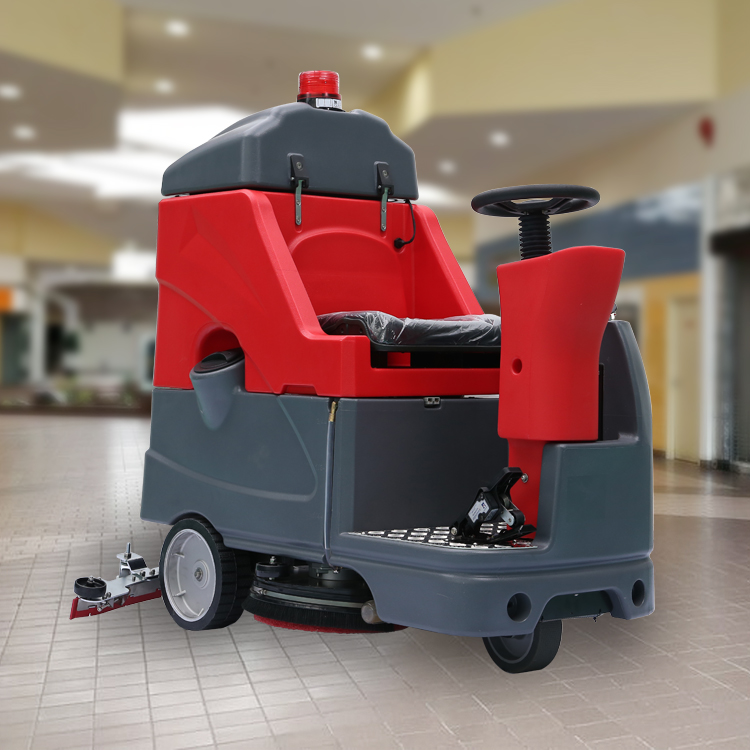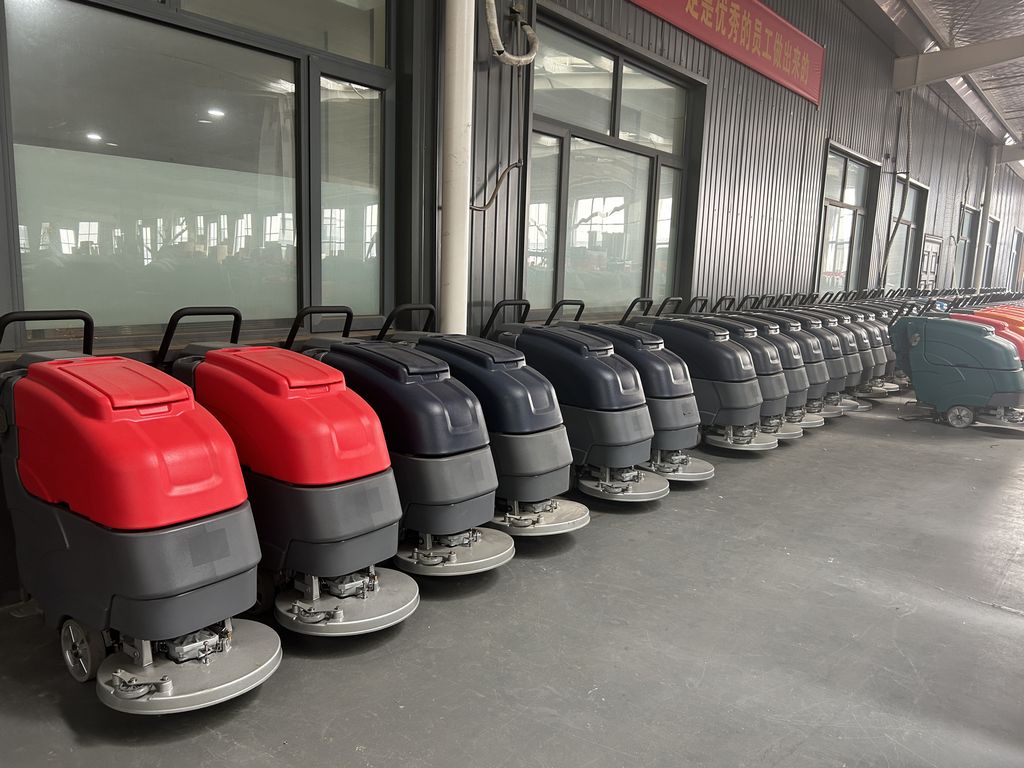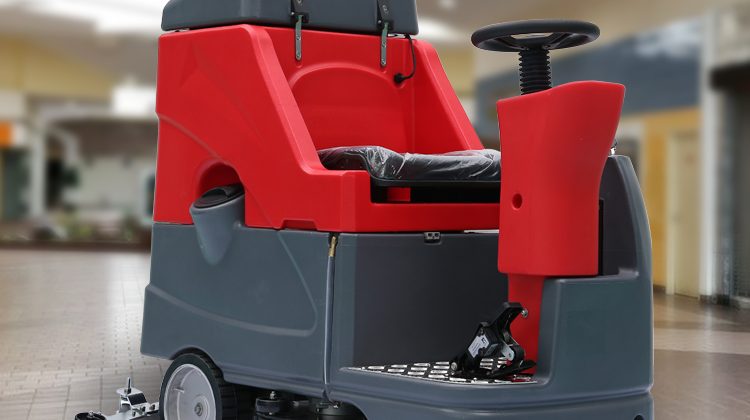
So, you’ve got a concrete project going on—maybe a new patio, countertop, or even a DIY floor—and now those rough edges are driving you nuts. Trust me, I’ve been there. Last summer, I decided to redo my backyard walkway, and let’s just say the edges looked like they’d been chewed by a very angry beaver. That’s when I realized *grinding concrete edges* isn’t just a fancy term contractors throw around. It’s the difference between “amateur hour” and “wow, did you do this yourself?!”

First things first: tools matter. You can’t just rub sandpaper on concrete and call it a day (though I definitely tried that once). For grinding concrete edges, you’ll need an angle grinder. Wait, scratch that—angel grinder. See what I did there? Classic typo, but hey, even pros mix up words sometimes. Anyway, make sure it’s fitted with a diamond cup wheel. Diamond blades are pricey, but they’re the only thing that’ll handle concrete without quitting halfway. Oh, and goggles. So many goggles. Concrete dust is like glitter—it gets everywhere and never truly leaves.
Here’s a tip I learned the hard way: start with a coarse grit and work your way finer. If you go too smooth too soon, you’ll spend hours fixing uneven spots. I made that mistake while grinding the edges of my garage floor. Let’s just say my neighbors got a free comedy show watching me rage-quit twice. But once I switched to a 50-grit wheel first, then moved to 100-grit, things clicked. The key is to keep the grinder moving in steady, overlapping passes. Press too hard, and you’ll create dips; too light, and you’re just tickling the surface.
Now, let’s talk safety—because nobody wants a trip to the ER. Concrete dust isn’t just annoying; it’s bad for your lungs. Wear a respirator, even if you’re working outside. And ear protection! Those grinders are louder than a toddler’s meltdown in a grocery store. Oh, and gloves. I skipped gloves once and ended up with blisters that made texting impossible for days.

But here’s the real secret to grinding concrete edges: water. Yep, a spray bottle or hose nearby makes a world of difference. Lightly mist the area while you work to keep dust down and prevent overheating the tool. Dry grinding turns your workspace into a sandstorm scene from *Mad Max*, and nobody needs that. Plus, wet grinding gives a smoother finish. It’s like the difference between chopping veggies with a dull knife versus a sharp one—same effort, better results.
Random thought: Why does time fly when you’re DIY-ing? I swear, I’ll start grinding edges at 9 a.m., blink, and suddenly it’s 3 p.m., I’ve missed lunch, and my dog is side-eyeing me like I’ve betrayed him. But hey, that’s the price of perfection, right?
Once your edges are smooth, don’t skip the sealing step. Unground concrete soaks up stains like a sponge, but sealed edges repel spills and weather. Use a penetrating sealer—it’s invisible and doesn’t make the concrete slippery. I learned this after sealing my porch with the wrong product and turning it into an ice rink during a light drizzle.
In the end, grinding concrete edges is all about patience. Rushing leads to mistakes, and mistakes lead to… well, more grinding. But when you step back and see those crisp, clean lines, it’s worth every dusty minute. Whether you’re fixing a small curb or a massive slab, remember: smooth edges aren’t just functional. They’re what make people say, “Dang, you really know your stuff.” And isn’t that the best compliment of all?

